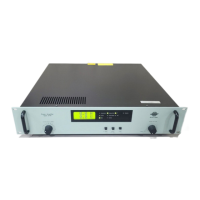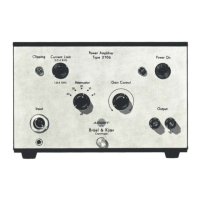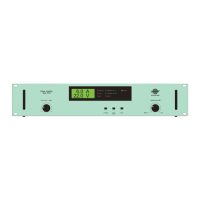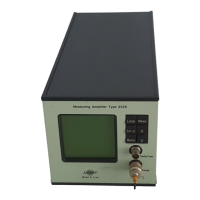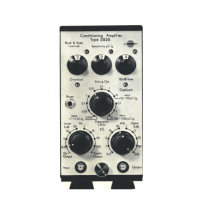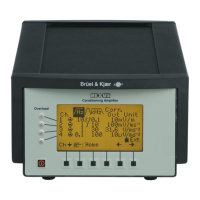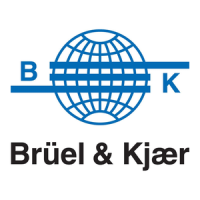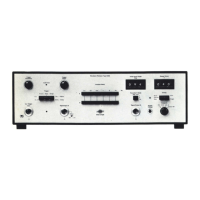CHAPTER 2
Rear Panel Features
7
2.2.3 Bridge Mono Mode
Fig.2.3
Bridge Mono Mode
Bridge mono mode is used to deliver both channels’ power to a single load. The nominal
impedance of the load must be more than 3ohms. Set the Link switches to the ‘On’ position
and use one of the input connectors. You can use the remaining input connectors to carry
signal to other amps. Both level attenuators must be at the same position. We recommend
that you put them in the 0dB (full) position.
Connect the speaker as shown in Fig.2.3. Always use Channel A’s output connector.
Bridge Mono Mode Features
Bridged mono mode combines the power of both channels into one speaker. This results in
twice the voltage swing, four times the peak power, and just less than three times the full
power of a single channel.
One way to understand the load and power from the amplifier’s perspective in bridged mode
is that it is zero voltage at the centre of the voice-coil winding. This is because the coil is
driven with positive voltage at one pole and an equivalent negative voltage at the other pole.
So, if an 8ohms load is connected in bridged mode, one channel shares one 4 ohms part of
the load, and the other channel shares the other 4 ohms part. The power into 4ohms from
Type 2716 or 2716-C is 160 W. So, the total bridged power into the 8 ohm load is:
2 ×160 = 320W.
2-
2+
1-
1+
+
-
030037
OUTPUT CH. A
STEREO
1+ CH. A+
1- CH. A-
2+ CH. B+
2- CH. B-
BRIDGE
Pin 1+ Spk+
2- Spk-
Ser. N:o
BE169212.book Page 7 Tuesday, January 23, 2007 9:00 AM
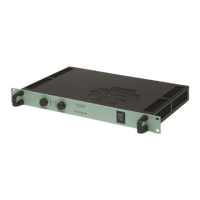
